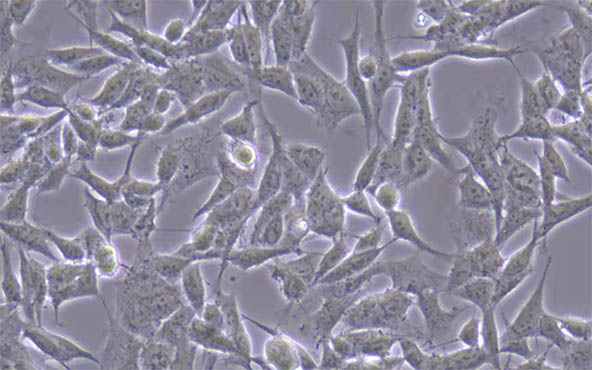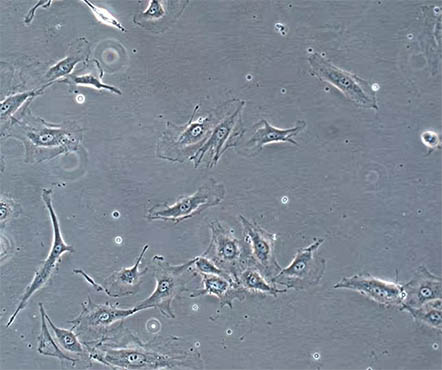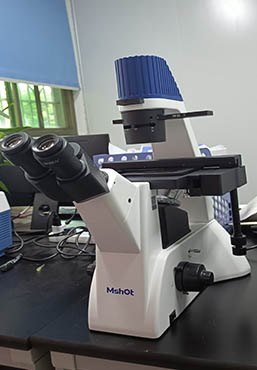The process of separating and diluting the cells from the original culture flask to the new culture flask is called subculture. After receiving the cells, do not open the lid, disinfect the outer wall of the entire cell flask with alcohol, and place it in the incubator for several hours (depending on the cell density). Observe cell growth under an inverted microscope, and take pictures of cells at different magnifications.Some black spots often appear during cultivation. Is it pollution?

Firstly, observe whether the culture medium becomes turbid by naked eyes. If it becomes turbid, it can basically be determined as contamination; if the culture medium does not become turbid by naked eyes: first observe under the microscope whether the size and shape of the black spots are regular, whether they are moving, whether they are doing Brownian motion or showing Straight-line rapid movement. If the size of the black spots is irregular, perform Brownian motion, the black spots may be cell debris (may be caused by poor cell condition or over-digestion), may also be caused by protein precipitation produced by repeated freezing and thawing of serum, or may be cellular metabolite. If the black spots are the same size and move quickly, it is likely to be bacterial contamination.

The MSHOT inverted microscope MI52-N can clearly observe and record the passage of cell culture. The inverted microscope adopts an ultra-long working distance focusing system, which can observe non-contaminated cultured cells in high culture dishes or cylindrical flasks. Its lighting system fully considers the heat dissipation and adopts the ergonomic design concept, which makes the operation convenient and the space wider.

If you would like to learn more, please visit www.m-shot.com.